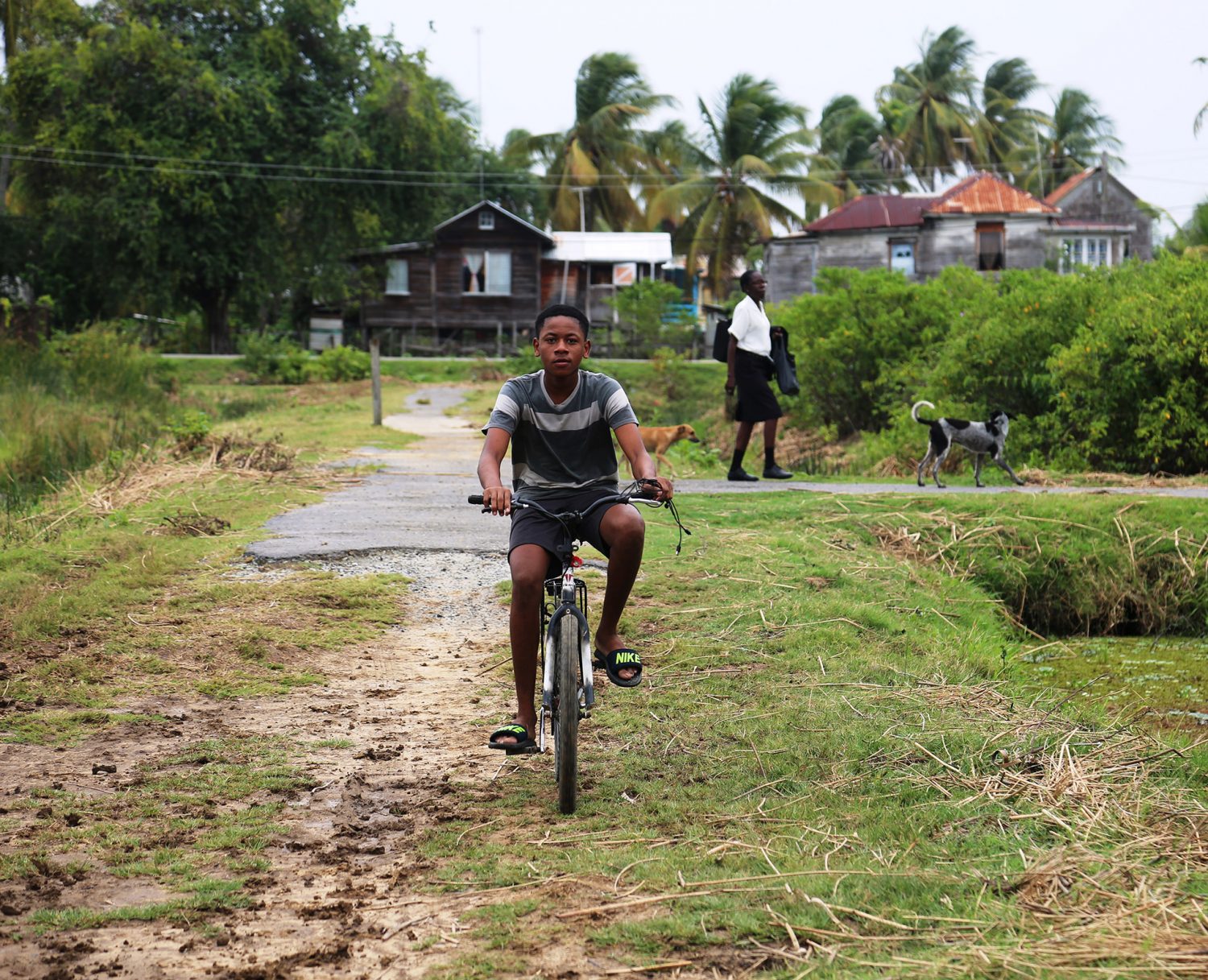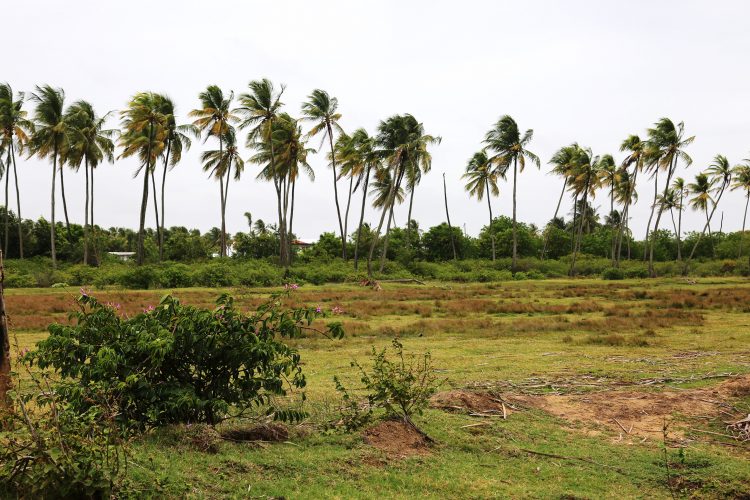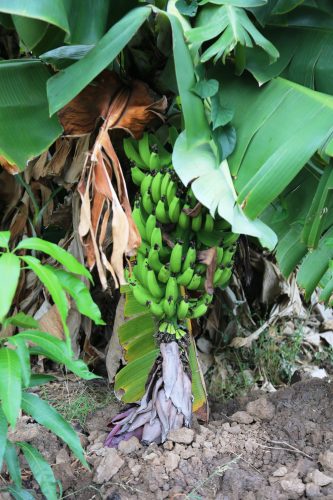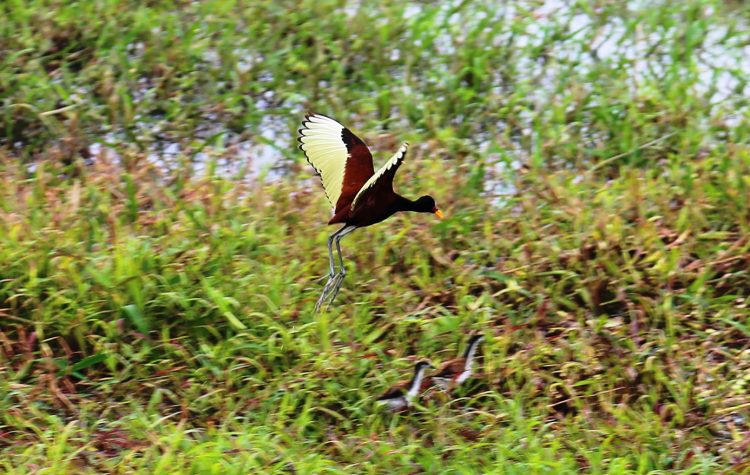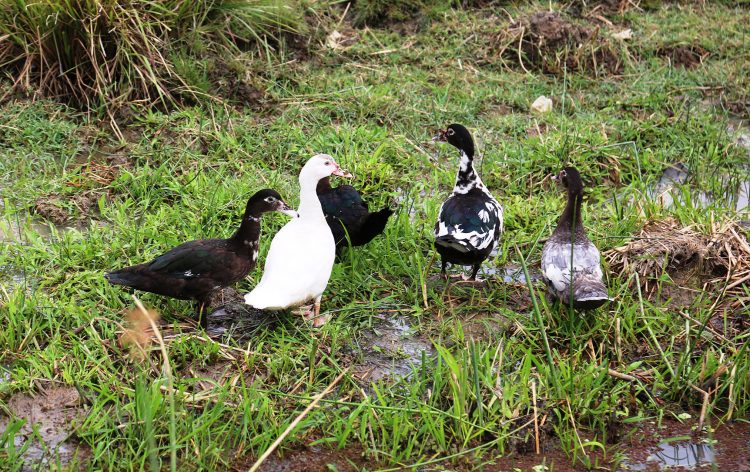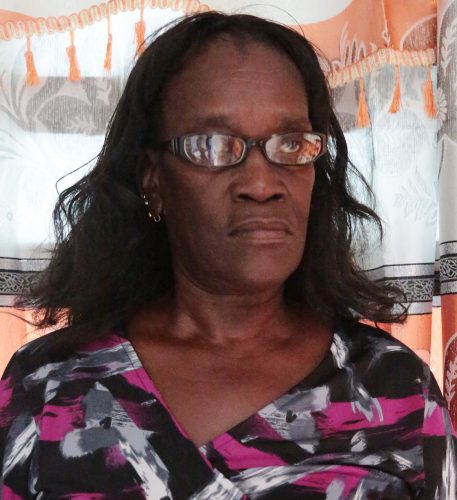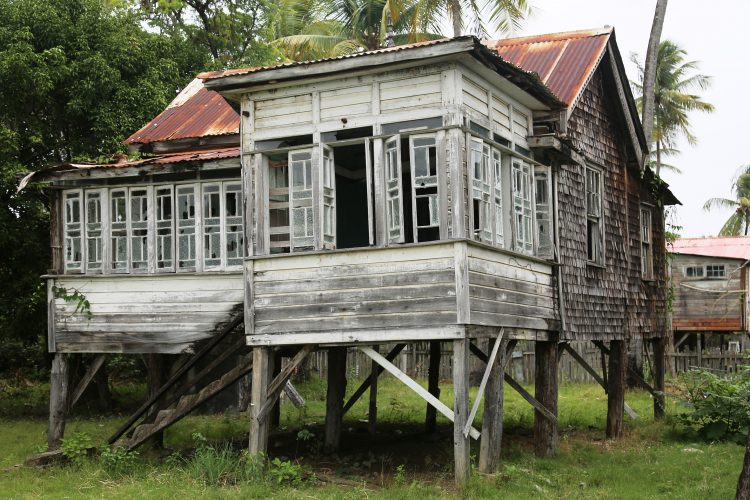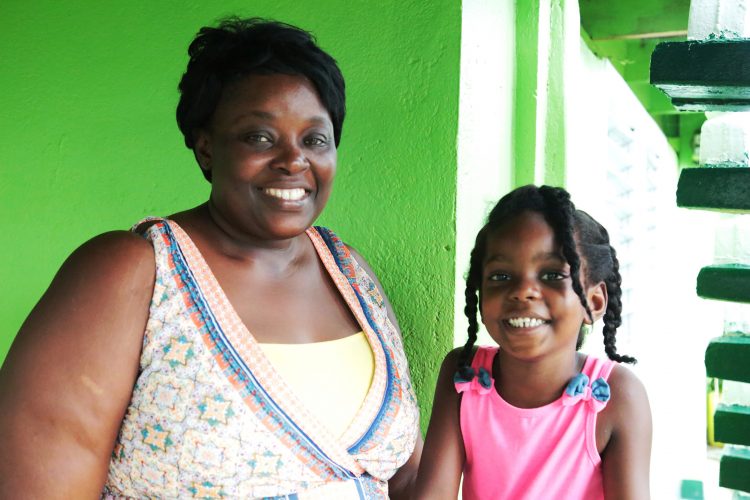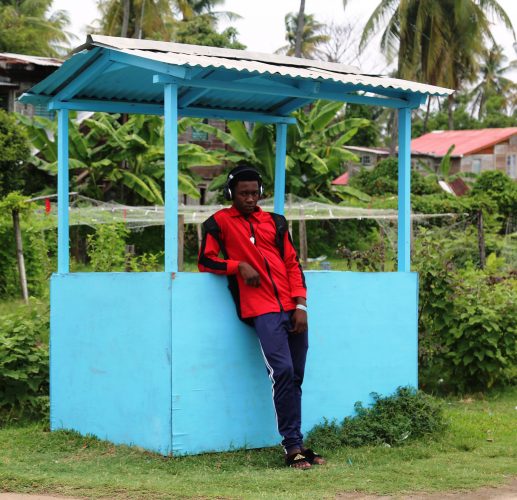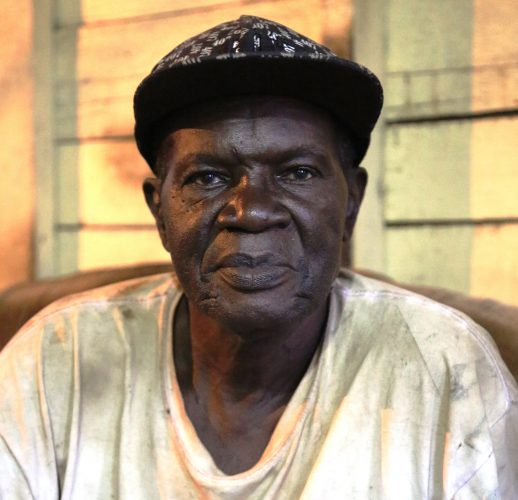Saint John is on the West Coast Berbice, 55 miles from the capital and is home to 800 residents. According to the National Gazetteer, the village is situated between Bel Air and Hopetown, but residents say Saint John is a part of Hopetown, which was first called Plantation Perseverance then August Town.
Renai McAlmont, assistant overseer at the Union/Naarstigheid Neighbourhood Democratic Council in Bush Lot and a resident of Saint John, said she had learned that the area was formerly cotton plantations known as Numbers Sixteen, Seventeen, Eighteen and Nineteen and owned by a planter by the name of James Blair. After emancipation, they were sold to a group of former slaves.
There is a signboard indicating where Saint John lies, but persons travelling to the village usually ask the minibus drivers to take them to Hopetown as this name is more widely known.
There were three huge landowners in Saint John: Ameer Ullah, James Isaacs and the Thompsons, but the village is predominantly African Guyanese populated and residents see themselves as a family. McAlmont boasted that she is proud to have been born and raised within such a family.
While years ago, Saint John residents were reserved, today they become more open, McAlmont said.
Reminiscing on small days, she shared: “The coconut estate situated at the back… was known as Sally Gardens. The owner of that estate was Cousin Sally. Most of the children would venture to Sally Gardens on weekends. Our parents would give us the necessary ingredients to make our bush cooks. We had a big cousin called Uncle John, who would come to visit during the August holidays and would take us fishing so we can catch fish to add to our bush cooks. We used to always look forward to him coming.” The Saint John Cemetery is situated behind Sally Gardens today.
McAlmont said life in Saint John allows for full enjoyment of nature, especially early in the mornings. She opens her door to the whooshing of cool fresh air and the sweet singing of the birds. “Then when I look over at the rice fields and see the morning dew… I feel majestic.”
The main thing that affects Saint John, she said, is flooding when it rains a lot; and whenever the rice fields are flooded and reptiles venture onto the roads and into yards. She added that over the last few months the Regional Democratic Council has been assisting in keeping the main drainage canal clean to avoid the floods.
McAlmont also said that the streets in Saint John need to be fixed properly. The regional administration had tried to do some work, but it was not what the villagers expected. The first time the streets were done was in 1996. Since then they have been upgraded and two years ago, they were finished with crusher run. However, residents are hoping for asphalted streets.
Most working persons find themselves in the limited jobs available in the public sector or farming.
The Hopetown Nursery and Primary schools are situated in Saint John as is the Home Economics building which was built in 1997 by the behest of the President’s Youth Choice Initiative. Students from nearby schools, including Bush Lot Secondary, Fort Wellington Secondary and Woodley Park Secondary use this centre on a daily basis.
Elma Benjamin, who hails from Fire Brace, another village said to be part of Hopetown, moved to Saint John in 1984 with her eight-month-old daughter.
The area is quiet, she said, and the people are always cooperative.
Benjamin was a member of the Guyana National Service where she learned various skills, including plumbing. But she said that at her age, and with her eyesight going, the most she can do these days is gave instructions. She was also a member of the Special Constabulary from 1985 until 2008.
The woman is an avid believer in farming and her son helps with the planting. Stepping away for a bit she returned with Cayenne bananas, about five pounds in total, ready to eat. She got them from one of her few banana suckers growing in the backyard. In the earlier days, she noted, people planted cotton, then sugar cane and finally ground provision.
Pointing to a huge rice field just opposite, she said it makes her yard an easy habitat for reptiles during the irrigation period. Though she has never been affected by them some of her neighbours have lost poultry animals. Cattle farming is also a huge economic activity, she said.
Asking about any other issues in the area, Benjamin said that at one time there were several incidents of breaking and entering. This was last year and during this time her cooking gas bottle was stolen but since the police intervened with more patrols, the criminal activity has reduced. She believes that most or all of it was done by outsiders.
Benjamin complained about her half-done street which ends in a mud dam and the drains which were only partially cleaned. She wishes that officials will look into both have them completed.
Winston Blair sat having his tea and biscuits. It was early evening and his door was open so that he could catch what was going on outside. He loves sharing about the old days and many persons said as he would often reminisce on childhood memories with them. Blair was born on July 6, 1944.
The village, he said, was surveyed by a man named H O Doran prior to persons being allotted land. Many struggled each day to make a living, including his grandmother who had taken on raising him. Blair attended Hopetown Primary but was never able to finish because of poverty, yet he remained interested in learning, and keeping updated on current affairs; even as he spoke with me, a few newspapers lay nearby.
In those early days, he said, whenever it rained, the village flooded badly, and residents needed boats to get to their homes. This quickly led to them building their roads by way of self-help using donkey carts, bull carts and tractors. This is what the people of Saint John are known for Blair said.
Growing up, he recalled, “When I wake up in the morning, I have to fetch water from the well out on the road. We used the water in the canal for bathing and washing; we would spread our clothes out and wait for it to dry or at least half dry before we fetch it back. Then after we would press the clothes with starch. Our granny used to work at the Bath Estate and sometimes when she didn’t work there, she worked on the farm. The farm used to come in good; sometimes in the morning we had nothing to eat and would go into to the farm to get cassava to cook.”
They reared cows, goats, ducks and fowls for their meat and eggs; one special cow provided the milk he drank every day.
“Me guh a school barefoot. Me ole lady use to press one pants for church and when it tear, you patch it up. You pants got patches, you go with it. After school you had to walk seven miles to pen up cows. Because of things like that, we had good athletes for sports in we days, but they never had peg boots,” he recalled.
Many of the people in those days lived in houses made of long grass and coconut branches. They never heard the sound of raindrops falling the roof, he said.
When he had the chance to go to school, Blair said, he enjoyed it. The teachers were always courteous and took pride in the simplest things they did including ensuring the children crossed the road safely. Blair said that today he sees children hanging around at the road corners and wonders why they are left to do whatever it is they want, adding that nothing like that could have ever happened when he was a boy. “Today I see they publishing CXC work to prepare children for their exams… they got things so good now. Long ago you had to retain it when you use slates,” he said, adding that he noticed primary school children fetching bags too big for them and when they pass him, he sees how humped over they are.
When he was old enough he went into road construction beginning as a labourer and working his way up to foreman.
Blair does not do much today, but loves to catch up with all that is going on by reading the newspapers and when he is not reading, he is with a friend talking about the good old days.
